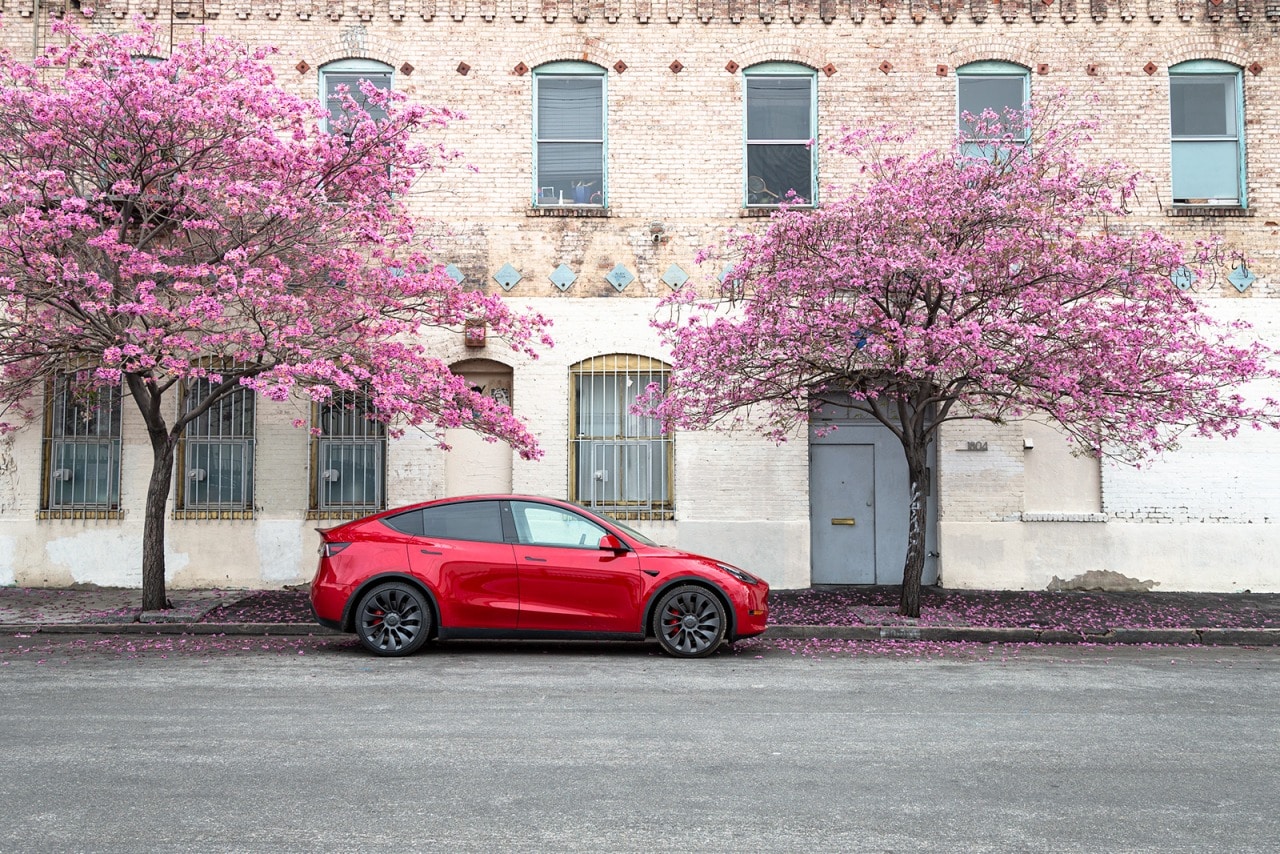- Tesla is raising the price of its Full-Self Driving software to $15,000.
- This marks the second price hike of the year and a 25% increase from before.
- Elon Musk says that the new price will kick in starting on September 5, with orders placed before then honored at the current price of $12,000.
Elon Musk: Tesla Full Self-Driving Now Costs $15,000
The FSD "beta" software is now pricier than ever
Tesla is yet again raising the price of its infamous Full Self-Driving (FSD) driver assistance technology. The software is still in what Tesla calls "beta" testing, and only available to a select number of Tesla owners. With a new price of $15,000 on all Tesla vehicles — from the least expensive Model 3 to the six-figure Model X — FSD on vehicles ordered on or after September 5 will increase by $3,000, making the system $5,000 pricier than it was at the start of 2022.
New updates, more money
Along with this price increase comes the release of FSD 10.69.2, the latest iteration of the driver assistance technology. Using his usual Twitter megaphone, Tesla CEO Elon Musk said that a "wide release" of this beta software is impending. In a series of tweet replies, Musk also praised Tesla engineers for their work on the project and cited multiple software improvements.
New orders will be honored at the current price of $12,000 until September 5, and current owners can upgrade their cars via the Tesla app if they wish to do so before the price increase. The company said that over 100,000 owners had access to FSD at the end of Q2, with that number sure to grow with the latest update.
FSD's not-so-pretty past
It wouldn't be a Tesla announcement without a side of controversy. Tesla raising the price on FSD is really only a portion of the story. The National Highway Traffic Safety Administration (NHSTA) is currently investigating FSD and the less capable Autopilot suite regarding potential system defects. This includes Tesla's monitoring — or lack thereof — of driver attentiveness when using these systems and how that could be a danger to other cars on the road.
Late last month, the California Department of Motor Vehicles publicly criticized Tesla for misleading customers about what FSD can and cannot do. Despite FSD's full name, there are still no cars on sale today that can fully self-drive without driver intervention. Similar to other products like GM's Super Cruise, Ford's BlueCruise and Mercedes-Benz's upcoming Drive Pilot, Tesla's driver assist systems require attention from the person behind the wheel at all times.
Edmunds says
Paying $15,000 for a feature that is not yet available (at least in its full form) is an ask that only Tesla can pull off. Throw in some active investigations of that same feature, and it makes even less sense why consumers would be willing to test supposed safety systems in their pre-final-release forms. For now, FSD remains a sale of the future — just like the Tesla Cybertruck, Semi and Roadster.
Am I Ready for an EV?
- EV ownership works best if you can charge (240V) at home or at work This typically means a 240V home installation, but you could also have a similar setup at your office or other places your car is already parked for several hours each day. Don't expect a regular household outlet (120V) to suffice unless you've got a plug-in hybrid, in which case overnight charging at home is feasible.
- If you can’t charge at home, charging at a charging station could take at least 10x longer than at a gas station With public charging infrastructure still in its infancy, the user experience can be maddeningly inconsistent. Tesla owners tend to rave about the reliability and speed of the company's proprietary Supercharger stations, but rival DC fast options have thus far been plagued by technical issues and overcrowding. It's an evolving landscape and our best advice is to do your research on the available options for the EV you want to buy.
- Adding a 240V home charging system could cost up to $1,600 or more If your existing electrical service can handle the additional demands of EV charging, you may be able to add Level 2 charging at home for less than a grand, including installation. But your costs will multiply if you need to upgrade your electrical panel or add a dedicated circuit.





 by
by